Homeowner’s Guide to How Does a Sump Pump Work
Homeowner’s Guide to How Does a Sump Pump Work If [...]
Homeowner’s Guide to How Does a Sump Pump Work
If you’re a homeowner, you may have heard of sump pumps, but you may not know exactly how they work. Sump pumps are an essential part of many homes, particularly those in areas that experience high levels of rainfall or flooding. In this guide, we’ll explain how sump pumps work, the different types of sump pumps available, and how to maintain your sump pump to keep it running smoothly.
What is a Sump Pump?
A sump pump is a device that is installed in the lowest part of a home’s basement or crawl space. Its primary function is to remove water that has accumulated in a sump basin, which is a small pit that collects water that seeps into the basement or crawl space. Sump pumps are essential for preventing water damage and flooding in a home, particularly during heavy rain or snow melt.
How Does a Sump Pump Work?
When water collects in the sump basin, the sump pump is activated by a float switch, which is a small device that is attached to the pump. The float switch is triggered when the water level in the basin reaches a certain level, causing the pump to turn on and begin pumping the water out of the basin and away from the home.
Most sump pumps are powered by electricity, but there are also battery-powered and water-powered sump pumps available. Electric sump pumps are the most common and typically the most reliable, as long as there is power available. Battery-powered pumps are a good backup option in case of a power outage, while water-powered pumps use the pressure of your home’s water supply to pump the water out of the basin.
Types of Sump Pumps
There are two main types of sump pumps: pedestal pumps and submersible pumps.
Pedestal Pumps
Pedestal pumps have a motor that sits on top of a pedestal, with the pump itself located at the bottom of the sump basin. Pedestal pumps are typically less expensive than submersible pumps, but they are also less efficient and tend to be louder.
Submersible Pumps
Submersible pumps are installed inside the sump basin and are designed to be completely submerged in water. They are typically more expensive than pedestal pumps, but they are also more efficient and tend to be quieter. Submersible pumps are also less visible, as they are installed inside the sump basin and do not have a motor that sits above the basin.
Maintaining Your Sump Pump
To keep your sump pump running smoothly, it’s important to perform regular maintenance. Here are some tips for maintaining your sump pump:
1. Test Your Sump Pump
You should test your sump pump at least once a year to make sure it’s working properly. To test your sump pump, pour a bucket of water into the sump basin until the float switch is triggered and the pump turns on. If the pump doesn’t turn on, it may need to be repaired or replaced.
2. Clean the Sump Basin
The sump basin should be cleaned at least once a year to remove any debris that has accumulated, such as dirt Introduction
A sump pump is an essential piece of equipment for many homeowners, particularly those who live in areas prone to flooding or with high water tables. Understanding how a sump pump works can help you appreciate the importance of this device and make informed decisions about its use and maintenance. In this article, we’ll explore the workings of a sump pump in detail, from the basic components to the types of pumps available and how to maintain them.
Basic Components of a Sump Pump
At its most basic level, a sump pump consists of four main components: the sump pit, the pump, the float switch, and the discharge pipe. The sump pit is a hole or basin dug into the ground beneath your basement or crawl space, which collects water from the surrounding soil. The pump sits at the bottom of the pit and is responsible for moving water out of the pit and away from your home. The float switch is a mechanism that activates the pump when the water in the pit reaches a certain level, and the discharge pipe carries the water away from your home.
Types of Sump Pumps
There are two main types of sump pumps: pedestal pumps and submersible pumps. Pedestal pumps have the motor mounted on top of a pole, outside of the sump pit, while the impeller is located at the bottom of the pit. Submersible pumps are designed to be fully submerged in the water, with both the motor and the impeller located inside the pit. While pedestal pumps are generally cheaper and easier to maintain, submersible pumps are often more efficient and longer-lasting.
How a Sump Pump Works
When the water level in the sump pit rises above a certain point, the float switch is triggered, activating the pump. The impeller, which is located inside the pump, begins to spin rapidly, creating a low-pressure zone that draws water into the pump from the pit. The impeller then pushes the water out through the discharge pipe and away from your home. Once the water level in the pit drops below the trigger point, the float switch turns off the pump.
Maintaining Your Sump Pump
Proper maintenance is essential to ensuring that your sump pump works effectively and efficiently. Here are some key steps to follow:
Regularly inspect the pump and pit for signs of wear or damage. Look for cracks, leaks, and rust, and replace any damaged parts.
Clean the pump and pit to remove any debris or sediment that could clog the pump or impede its operation.
Test the pump regularly to ensure that it is functioning properly. You can do this by pouring water into the pit until the float switch is triggered and the pump turns on.
Consider installing a backup sump pump or battery backup system to ensure that your pump continues to work even during power outages.
Conclusion
A sump pump is a crucial piece of equipment for many homeowners, protecting their homes from water damage and flooding. Understanding how a sump pump works and how to maintain it can help ensure that your pump is always ready to do its job when you need it most. By following the tips outlined in this article, you can keep your sump pump in top condition and enjoy the peace of mind that comes with knowing your home is protected from water damage.




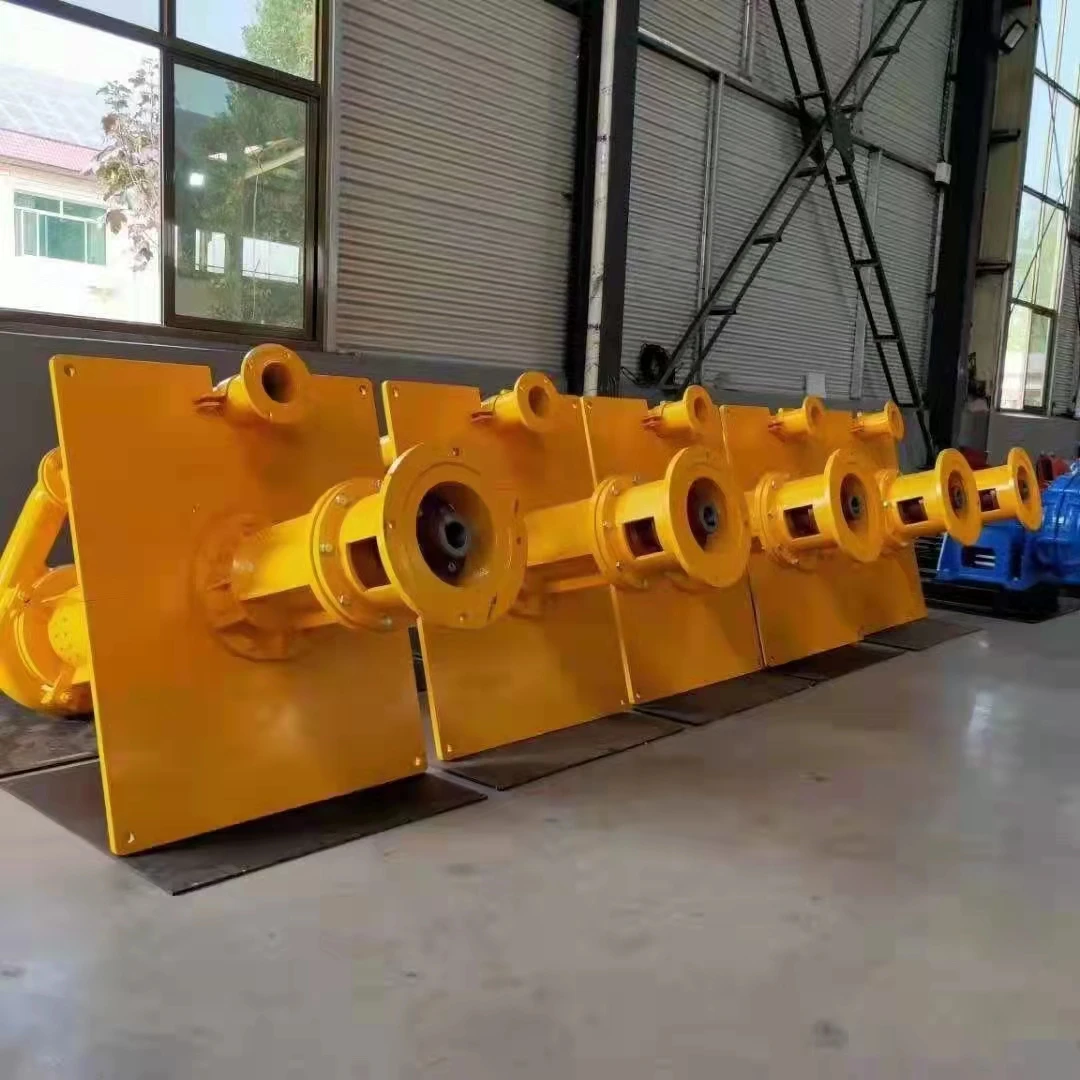
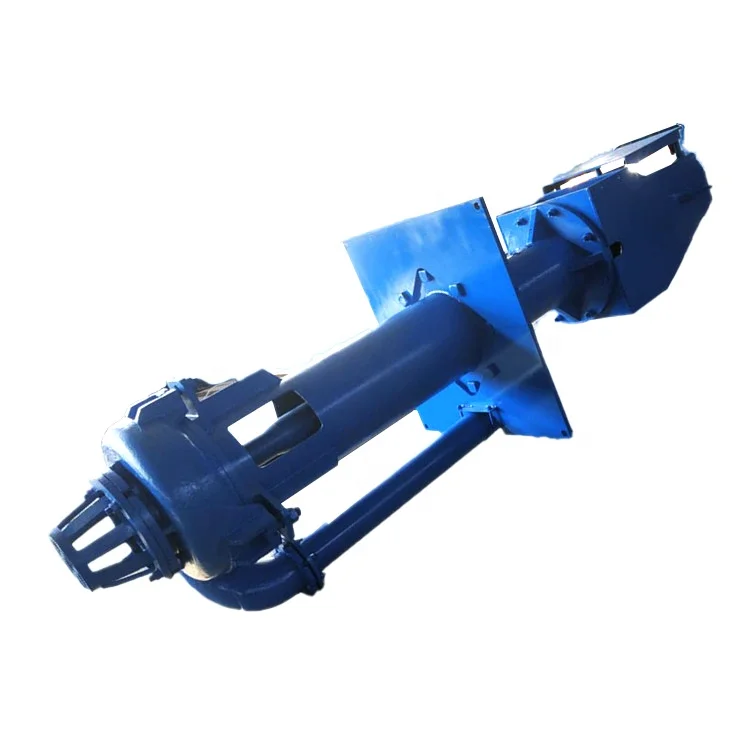
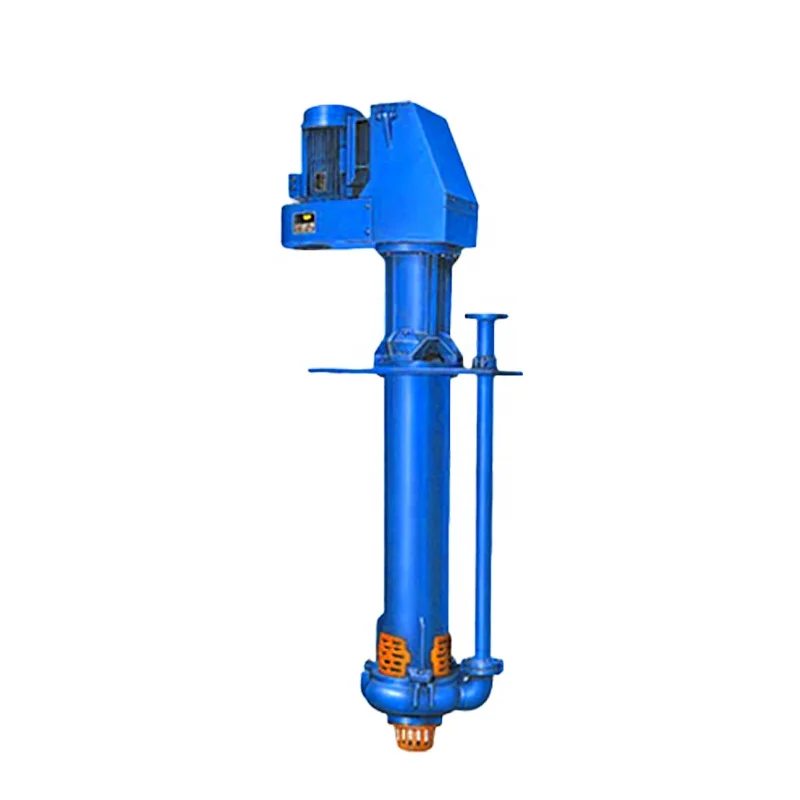
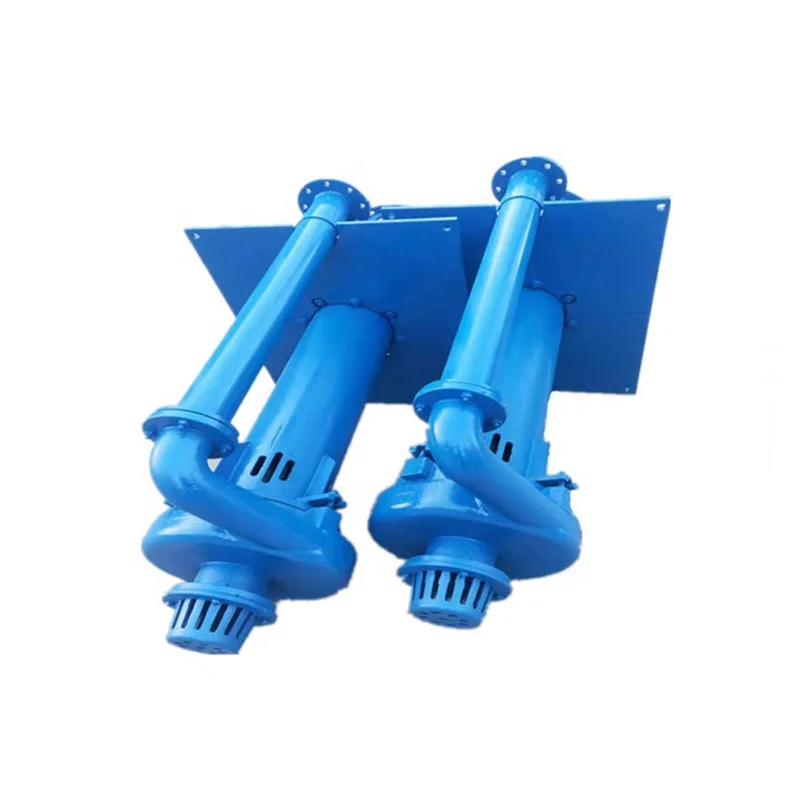
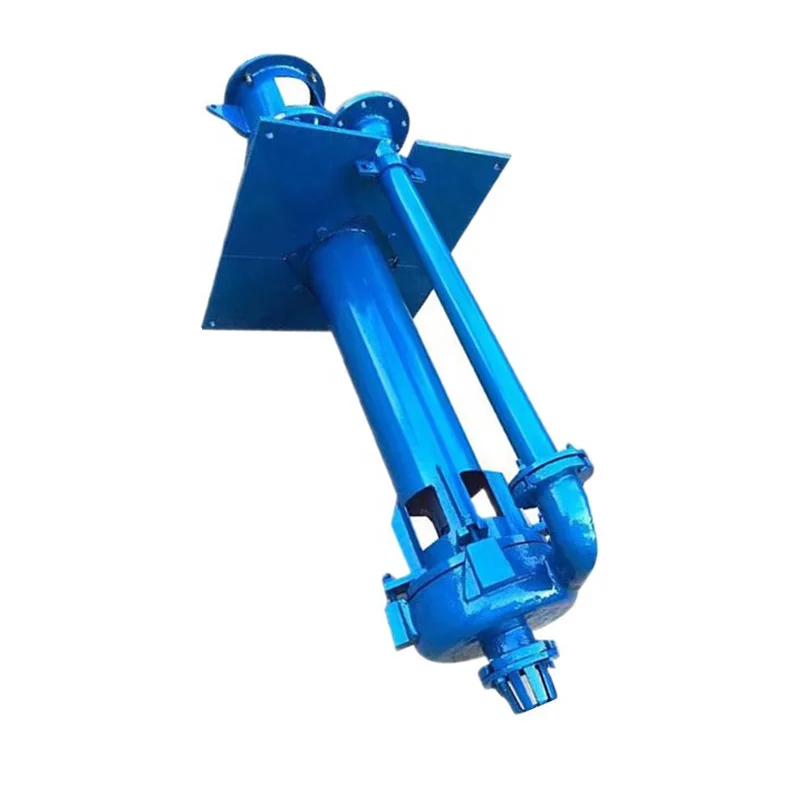

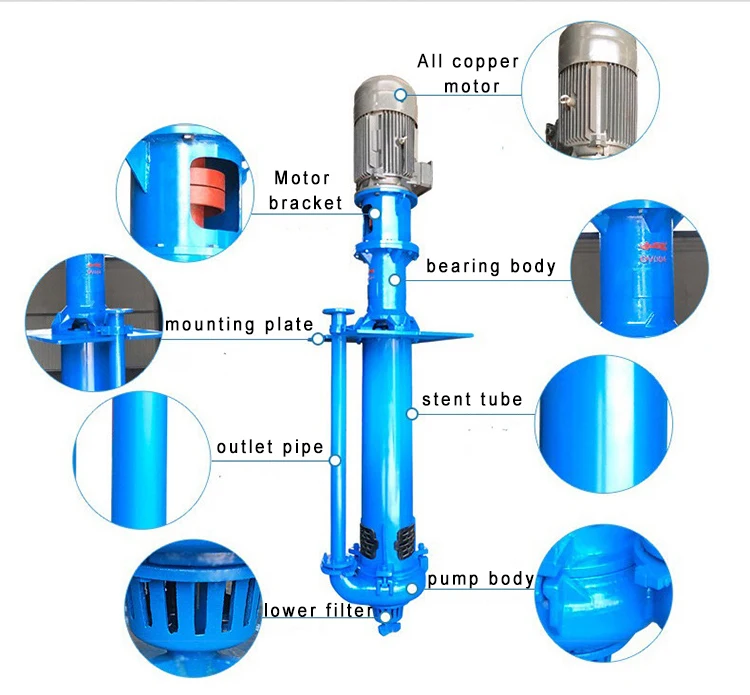
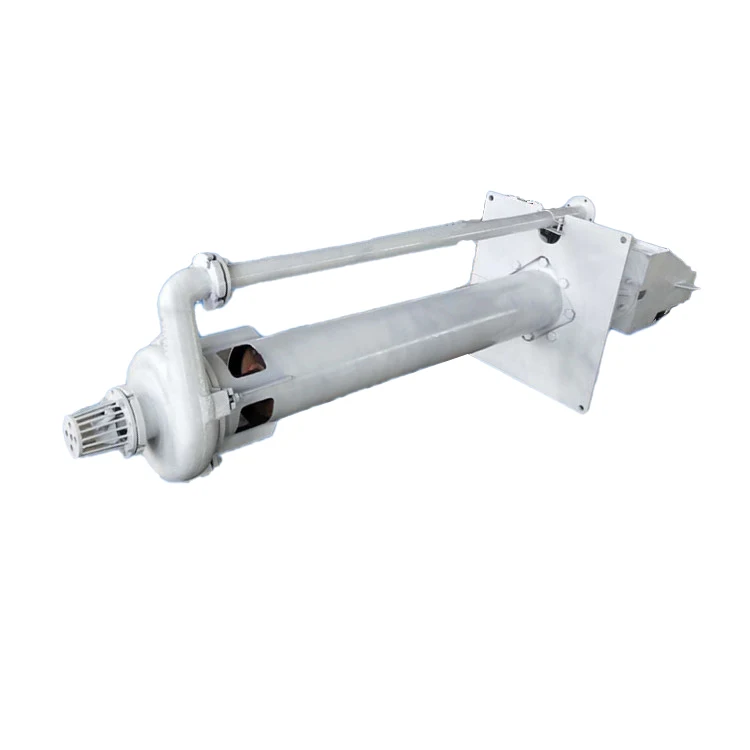
Please login to write a comment after